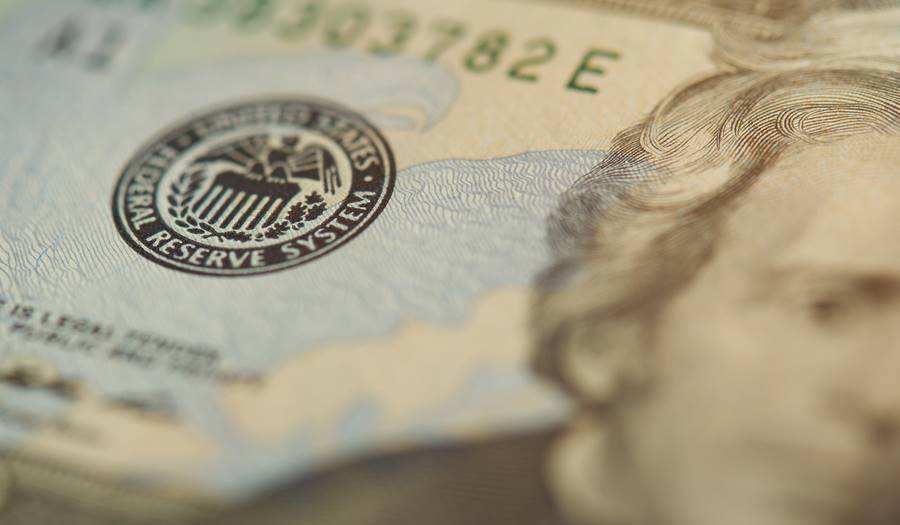
Who Pays the Cost of COVID-19 Capital?
5/20/2020
Jerome Powell, chairman of the Federal Reserve, and Steven Mnuchin, secretary of the Treasury, have injected, or will infuse, trillions of dollars into American business to save the economy. Will they socialize the downside and force future taxpayers to pay? Will the size of the total stimulus—$6 trillion and counting—be a drag on economic growth for the foreseeable future?
Who Should Pay?
Future generations should not be saddled with this debt. The shareholders of the revived firms should pay. This potential capital infusion is similar to a rights offering, where shares are issued to fund a business.
Neither the Fed not the Treasury should own shares or debt. Chairman Powell and Secretary Mnuchin should not nationalize the economy. They should not take board seats on behalf of the Fed and the Treasury and vote on strategy, capital allocation, or executive compensation. The government must neither dictate corporate governance standards such as adherence to ECG metrics nor determine budget or planning goals.
Sharing the Upside of a Bailout
The Fed and the Treasury should be paid in share options (or phantom options in privately held firms), the right to buy an agreed number of shares at a specified time. On the vesting date, if the price of the shares is higher than on the date the options are awarded, the Fed and the Treasury should buy and then sell—never own—but enjoy their piece of the wealth generated.
How should the number of options be determined? The Fed and Treasury should calculate the risk (Black Scholes in a normal environment) and account for dividend policy (so that dividends paid to shareholders do not reduce the value of the options).
On what date should these options be awarded? It should be the date that the deal closes or retroactively was closed.
On what date should the options vest? For each firm, it should be the day that its shares return to the pre-crisis price. Thus, if all the firms participating in the program, on average, return to their previous market high within a short period, the government should more than double (and possibly triple or quadruple) its investment.
Why is this good for American business? Why should existing shareholders agree to such a deal that looks so potentially lucrative for the Treasury?
Why Shareholders Should Agree
It is cheaper and faster than issuing equity. It is less risky, cheaper (no interest), and easier than issuing distressed debt. And, it will lower their cost of capital (including equity) in two ways.
If taxpayers feel that the program is fair and lucrative on the upside, they will be in favor of bailouts for business in future recessions, thus reducing tail risk (bankruptcy risk due to exogenous factors) to shareholders and bondholders. If the total cash to the Treasury reduces government borrowings, future government bond yields will be lower due to lower inflation risk, and thus the cost of capital for all businesses operating in the United States will be lower. And, it reduces the risk that buying corporate debt and government debt becomes Fed policy, a backdoor and apparently inexpensive way to save “strategic” firms and to pay for social policy.
The View from Main Street
It is vital that such a process be transparent. Government must not look pro-business versus pro-citizen whilst unemployment demoralizes so many. Citizens must see that they—not just corporate executives—will benefit from a bailout. The Fed and the Treasury cannot be seen as choosing favorites or offering better deals to some. Objectivity will bring trust. Accountability will dispel a populist backlash.
The cost of COVID-19 is colossal. The cost of the capital provided to companies to remain going concerns must be paid by them. Citizens must view the process as fair. The Fed and the Treasury have the responsibility to creatively price the capital so ultimately it is the taxpayers who see themselves as the ones rewarded.